If you’re hosting a large party, you’re likely concerned with serving tasty foods, but your goal should also be to keep those foods safe for your guests. Here are a few helpful tips that will keep your food buffet just as healthy as it is delicious.
- Wash your hands. The first thing you should do when preparing a food buffet is wash your hands. This prevents you from spreading germs to your guests, but it also helps to keep you safe from food borne illnesses caused by raw meat, eggs, and other ingredients. Be sure to wash your hands each time you refill the buffet, as well.
- Cook foods completely. It’s safe to keep foods out on a buffet, provided that they’re cooked properly beforehand. Meats like beef and pork chops should be cooked to at least 145º F, while chicken and poultry should reach at least 165º F.
- Use the proper serving tools. If you’re serving hot foods, be sure to store them in a chafing dish, slow cooker, or warming tray to keep them from changing temperature. Cold dishes can be served in nesting bowls over bowls of ice, and they must stay at 40°F or lower in order to stop the growth of bacteria.
- Abide by the two-hour rule. Finally, never let foods sit on a buffet for more than two hours. Tossing food that’s been at room temperature for too long will ensure a safe and healthy party.
Serving Up Safe Buffets [FDA]
Serving Prepared Foods Safely [Whole Foods]
Holiday or Party Buffets [USDA]
Buffet Safety [NSF]
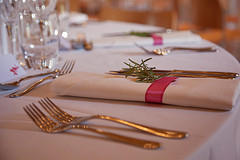
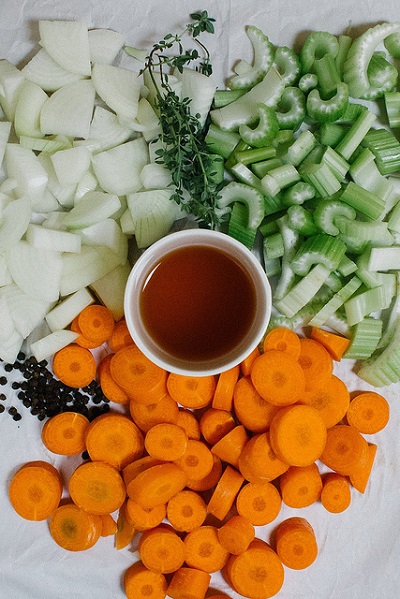
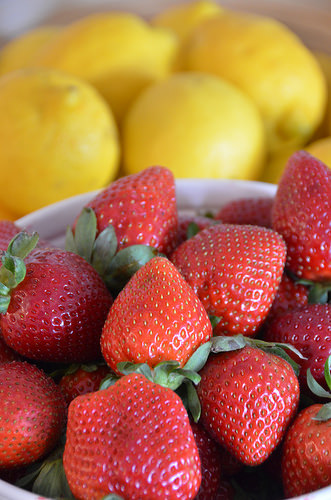
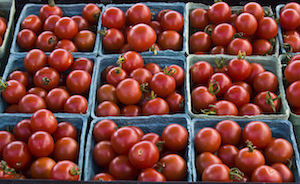
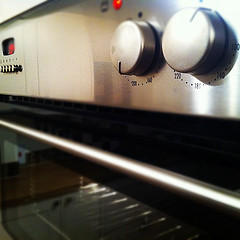
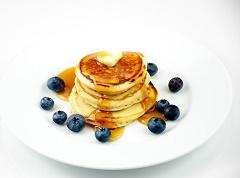

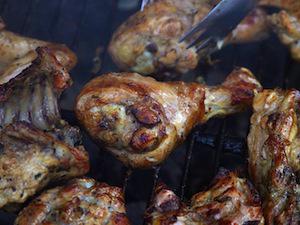
 Equal Housing Opportunity
Equal Housing Opportunity